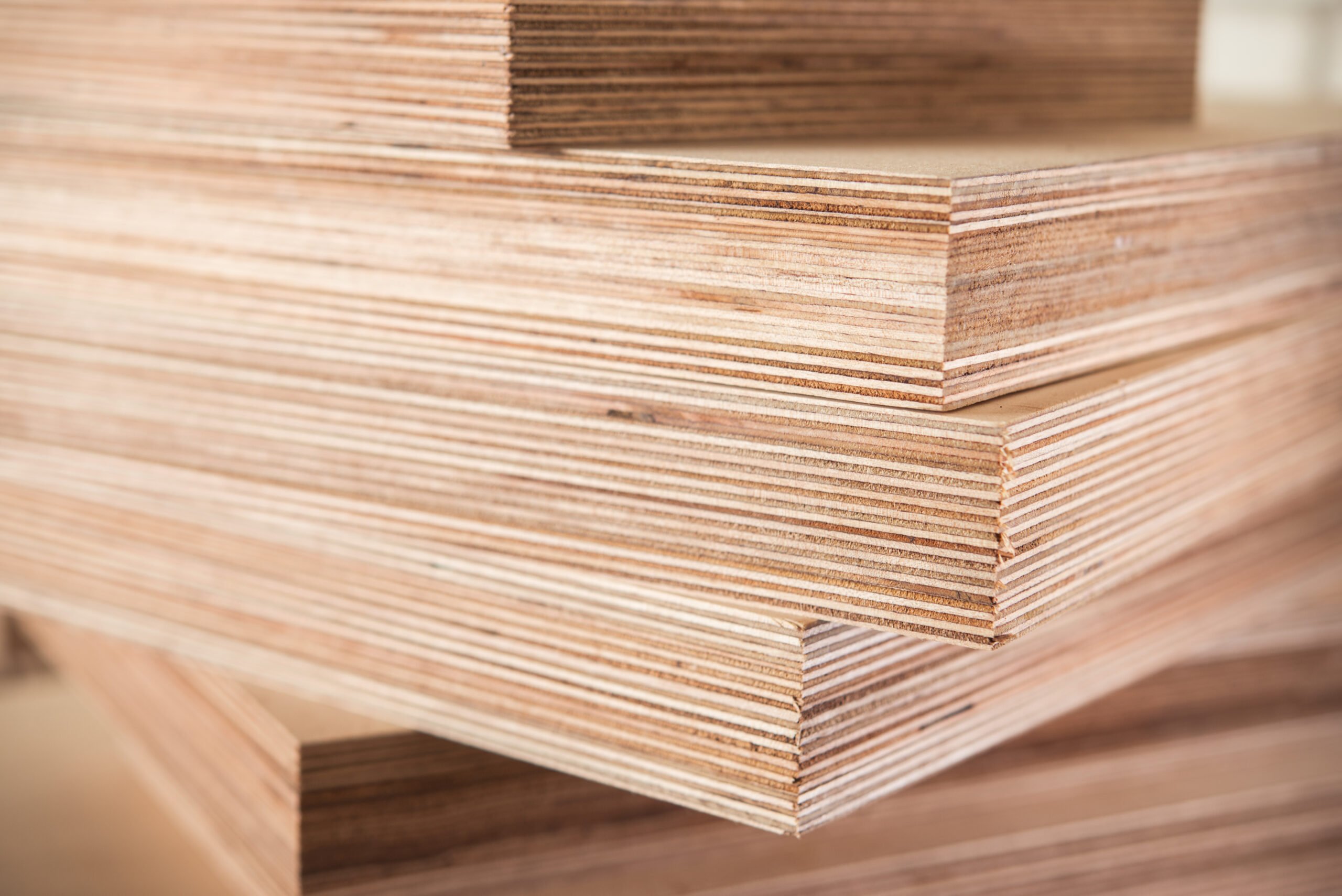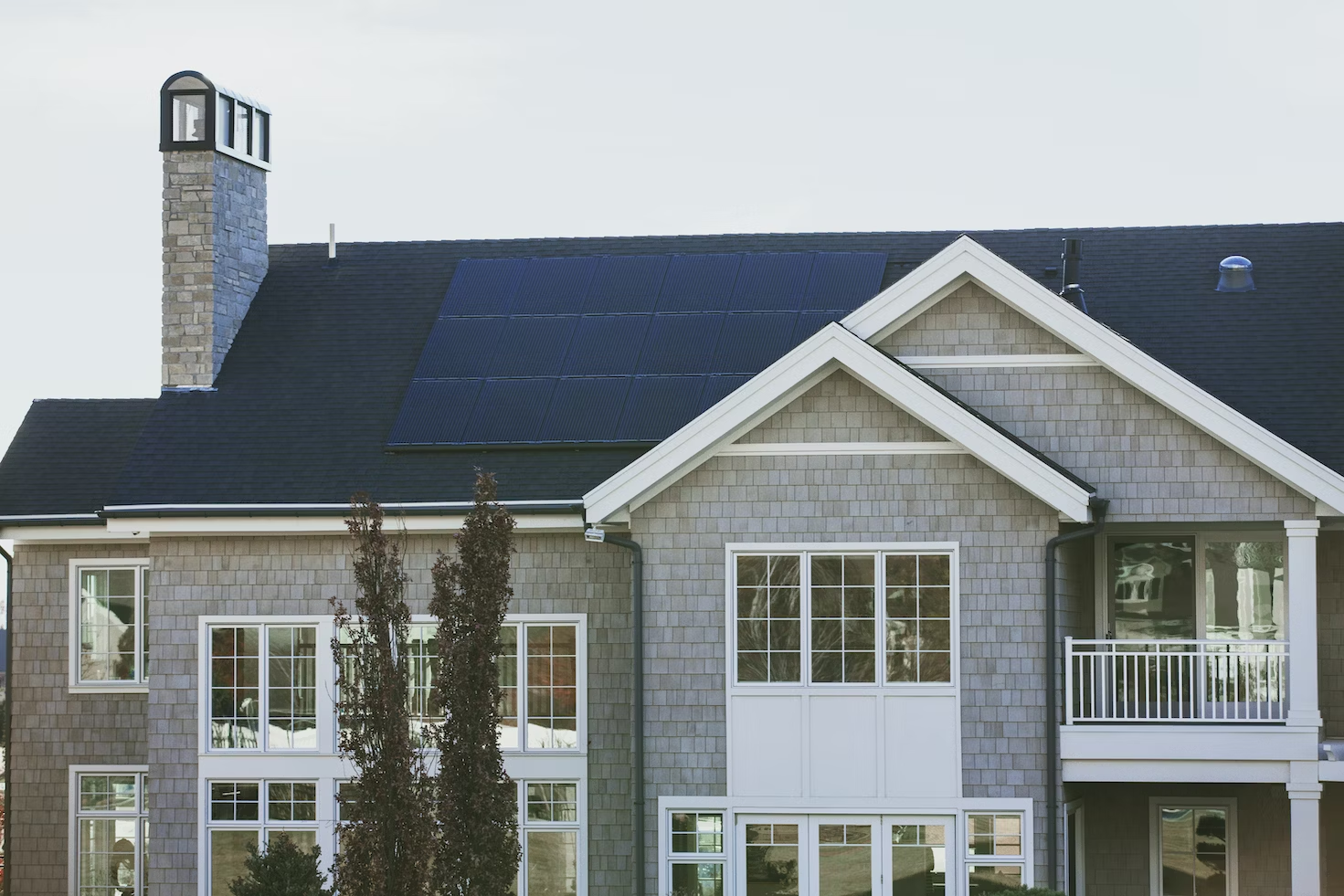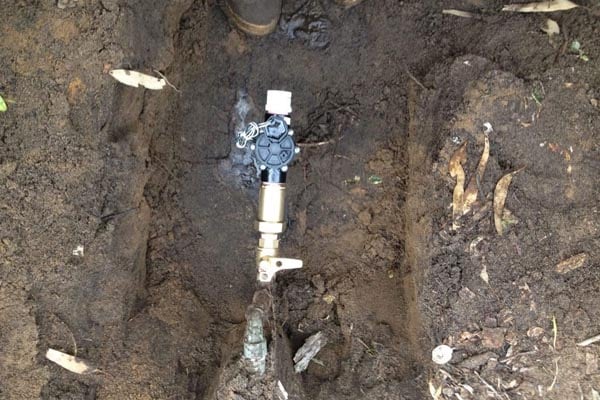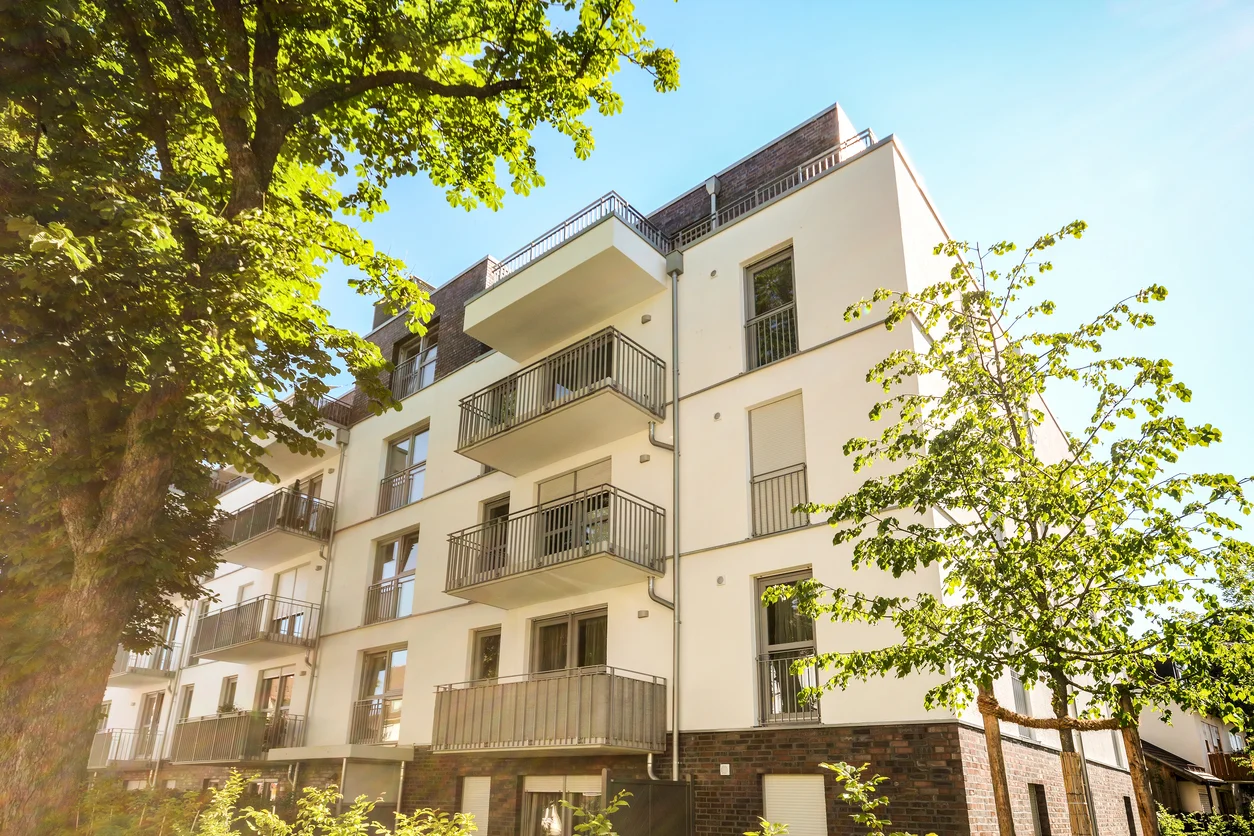The Role of the Plumbing Designer in Creating Efficient Hvac-systems
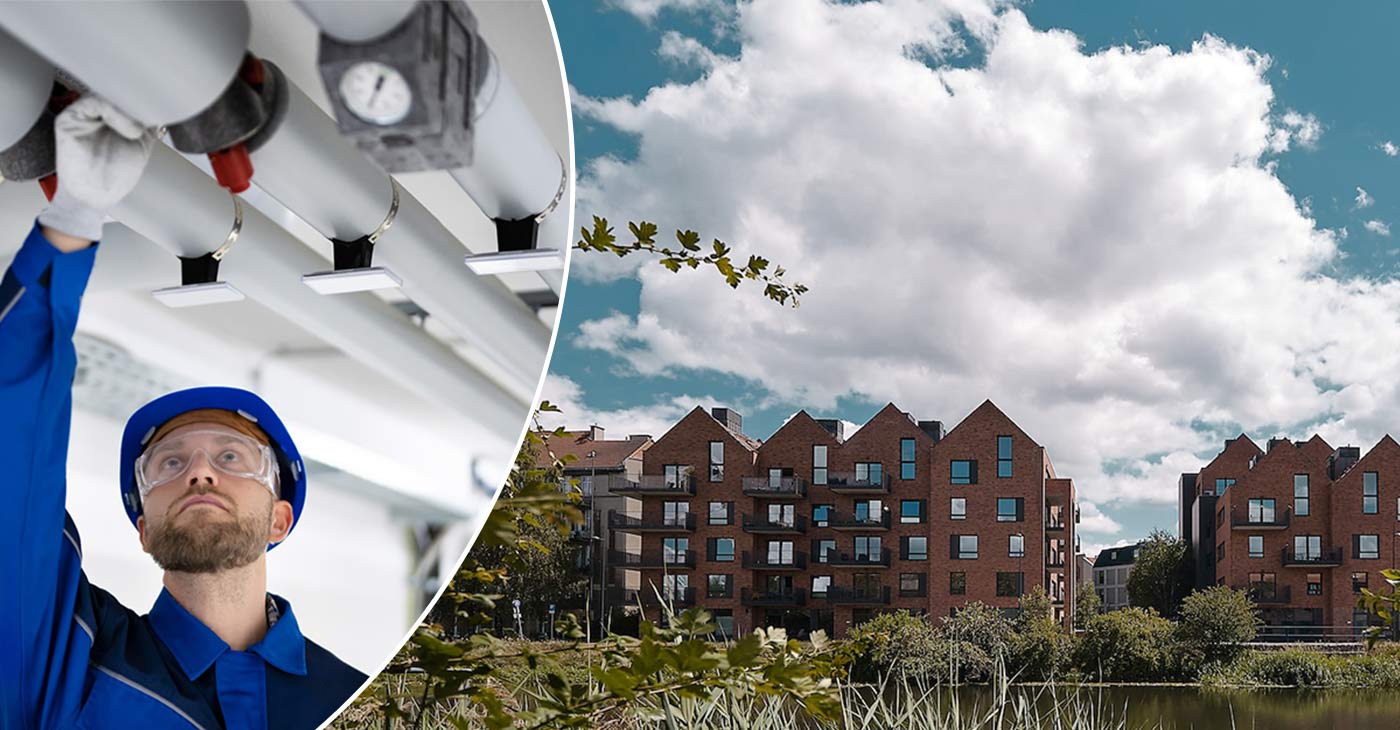
Table of Contents
In the complex landscape of building planning and architecture, plumbing plays a central role in ensuring functionality and efficiency. At the heart of this process is the often overlooked figure of the plumbing designer. This article explores the various responsibilities and expertise of a plumbing designer, highlighting their essential role in creating detailed designs for seamless plumbing systems. Plumbing designers are responsible for developing plumbing and drainage systems for residential or commercial properties. Their duties include providing design specifications to clients, creating drawings, achieving key performance indicators, and performing quality assurance reviews.
Role of plumbing designer
A plumbing designer is a designer or engineer whose duties revolve around creating plumbing systems. Their responsibilities may include creating a residential plumbing system, a fire sprinkler system, a drainage system, or a municipal or commercial plumbing system. You can use CAD or Revit design software to visualize pipes and fittings. They work to design the project to the client’s specifications, then include information about materials needed, pipe sizes, and utility and drainage requirements.
Architectural alchemist learning the HVAC structure
A plumbing designer is an architectural alchemist, deciphering blueprints and understanding the structural nuances of a building. This involved collaborating with architects and engineers to seamlessly integrate plumbing into the overall design, ensuring both functional and aesthetic harmony. Plumbing requires careful thought and planning. It must comply with relevant local, national and even international standards, such as those in the International Plumbing Code. For example, some codes will specify the number of devices that can be attached to a particular fixture. Other building codes address issues such as ventilation and drainage, and piping. Read more at Creacon.
Designing efficient HVAC-systems
Designing an efficient plumbing system is an important responsibility of the plumbing designer. They meticulously plan the layout of pipes, fixtures and drainage systems to optimize water flow and ensure each component operates at peak efficiency. This involves a delicate balance between functionality and resource conservation.
The days of selecting pumps, motors and controls as individual components in the design of heating, ventilation and air conditioning (HVAC) and hydronic plumbing systems are coming to an end. Smart technology (advanced pump hydraulics, sensorless capabilities, integrated diagnostics and high-tech monitoring options) allows plumbing designers to design efficient system solutions that also have built-in capabilities. Automatic integration with other building systems.
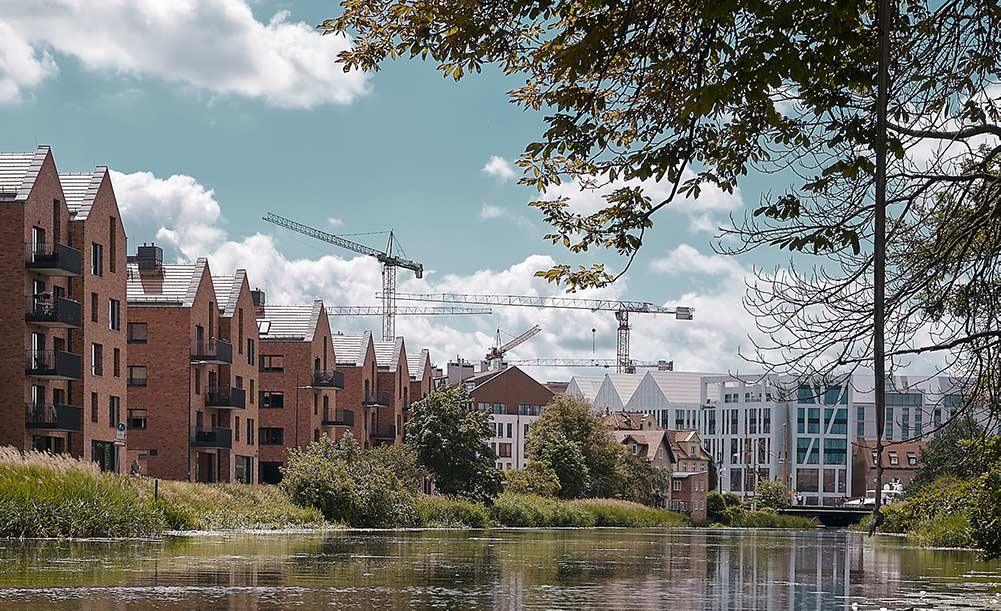
Responsibilities of plumbing designer
Construction of a new building requires the design and implementation of a number of complex systems, many of which overlap significantly with the structure’s plumbing system. To ensure that these systems are designed and operated properly, especially when the level of complexity is high, it is a very good idea to have a plumbing designer as part of the project team. Below is a brief introduction to the role as well as five reasons why this specialist can improve the safety, security and functionality of buildings.
A plumbing designer is a technical professional involved in the planning, design and installation of building systems related to plumbing, including water supply and drainage. Their roles often overlap with other fields of mechanical and civil engineering. The systems they work on include standard bathroom plumbing, water supply and drainage, often on a large scale. Some of their more specialized work includes plumbing components of fire suppression systems, storm drains and sewers, and domestic water lines.
For these reasons, plumbing designers are closely involved in creating systems that affect the safety and security of new buildings. They often work in collaboration with or under the supervision of licensed mechanical, civil engineering, or fire protection engineers. A plumbing designer focuses on the whole concept that seeks to integrate important features and elements of the structural design while supporting water, air and waste recycling systems.
Sustainable solutions with environmental management in plumbing design to help you understand
In an age where sustainability is paramount, plumbing designers are at the forefront of incorporating environmentally friendly solutions. This includes designing systems that minimize water waste, integrating energy-efficient devices and exploring alternative materials. Their commitment to sustainability not only aligns with global environmental goals but also positions projects as responsible and forward-thinking.
1. Technology integration to embrace innovation
Staying up to date with technological advances is important for plumbing designers. They take advantage of the latest innovations in plumbing technology to improve system efficiency and reliability. This may involve the integration of smart sensors, automated controls and other advanced solutions that contribute to enhancing the overall intelligence of the plumbing system.
2. Collaboration and communication: Bringing principles together
Effective collaboration is the hallmark of a successful construction project. A plumbing designer acts as liaisons between architect, engineer, and contractor. Clear communication ensures that plumbing considerations are seamlessly integrated into the larger project plan. This collaborative approach contributes to the overall success of the construction project.
3. Compliance and regulatory navigation
Navigating the maze of building codes and regulations is an essential task for a plumbing designer. They must ensure that their designs comply with local, state, and national regulations. Staying up to date with changing regulations is essential to avoid setbacks and ensure plumbing systems meet the highest quality and safety standards.
Budget wisdom for balancing cost and quality
Balancing the budget while maintaining the quality of the plumbing is an art mastered by plumbing designers. They evaluate cost-effective materials, explore effective design options, and contribute to overall project cost management. This financial acumen ensures that plumbing designs fit project budgets without compromising quality.
The cost of plumbing and hiring a plumbing designer can vary depending on a number of factors. The complexity of the project, the size of the space, and the materials used all contribute to the total cost. Plumbing materials, such as pipes, fittings and accessories, vary in price, affecting the budget. Additionally, the complexity of plumbing design, especially in large or custom-built projects, can impact costs as more complex systems may require specialist expertise in specialized subjects. Professional plumbing designers often charge a fee for their services, which include creating detailed plans and ensuring building codes are met. While the initial investment in quality plumbing and design may seem significant, it can lead to long-term savings through efficient water use and reduced risk of problems such as leaks. or faulty installation. It is essential to consider the initial cost against the benefits of a well-designed and reliable plumbing system. Read more: https://vvskonsult.net/
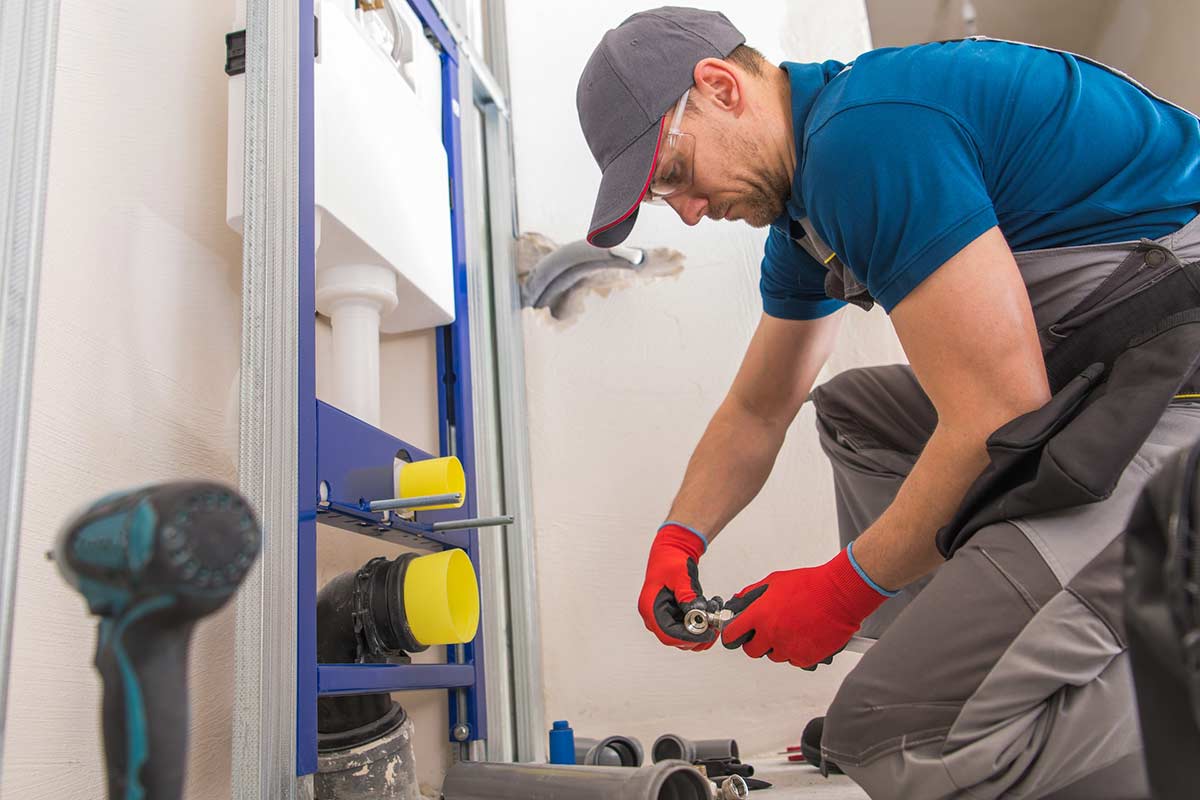
Practical tips for plumbing
The first thing to keep in mind is that the design is geared towards two separate plumbing systems. First of all, we have the water supply for the house. It may contain potable or non-potable water, or include hard water softener installations. The second system is a drainage system that removes gray or black water from the home. It is essential to pay attention to sewer design, where the best way is to take advantage of gravity flow.
A good designer should strive to apply best practices to improve energy efficiency and reduce material costs. For example, it is necessary to reduce the distance that hot water must travel to reach its destination. In practice, this may involve moving the bathroom and kitchen closer together as they probably use the most hot water.
Plumbing design and installation are subject to regulations, so architects must learn about plumbing codes that apply to drinking water supplies, sanitary sewers, and stormwater.
Grey water can reduce the use of potable water for lawn and garden watering. The design may include provisions for plant-safe use of bathing and laundry wastewater. Note that not all jurisdictions allow greywater use.

